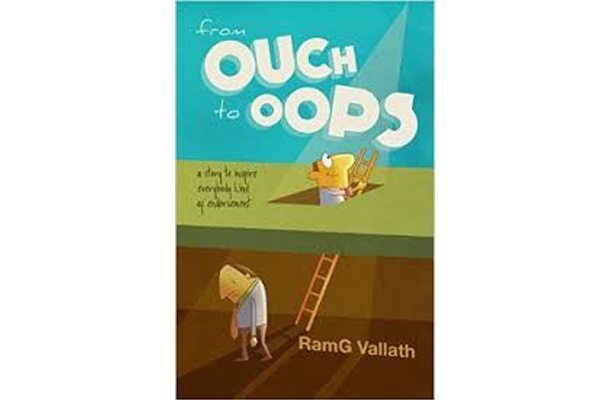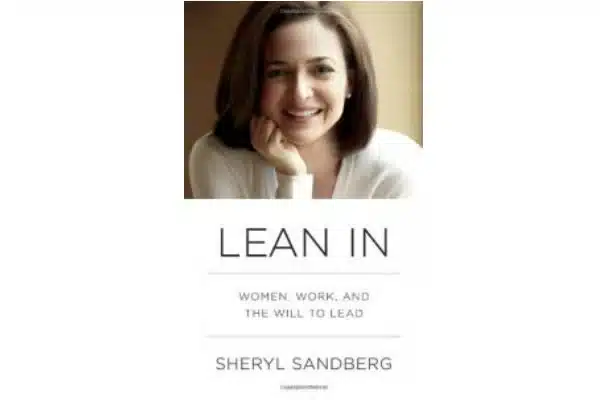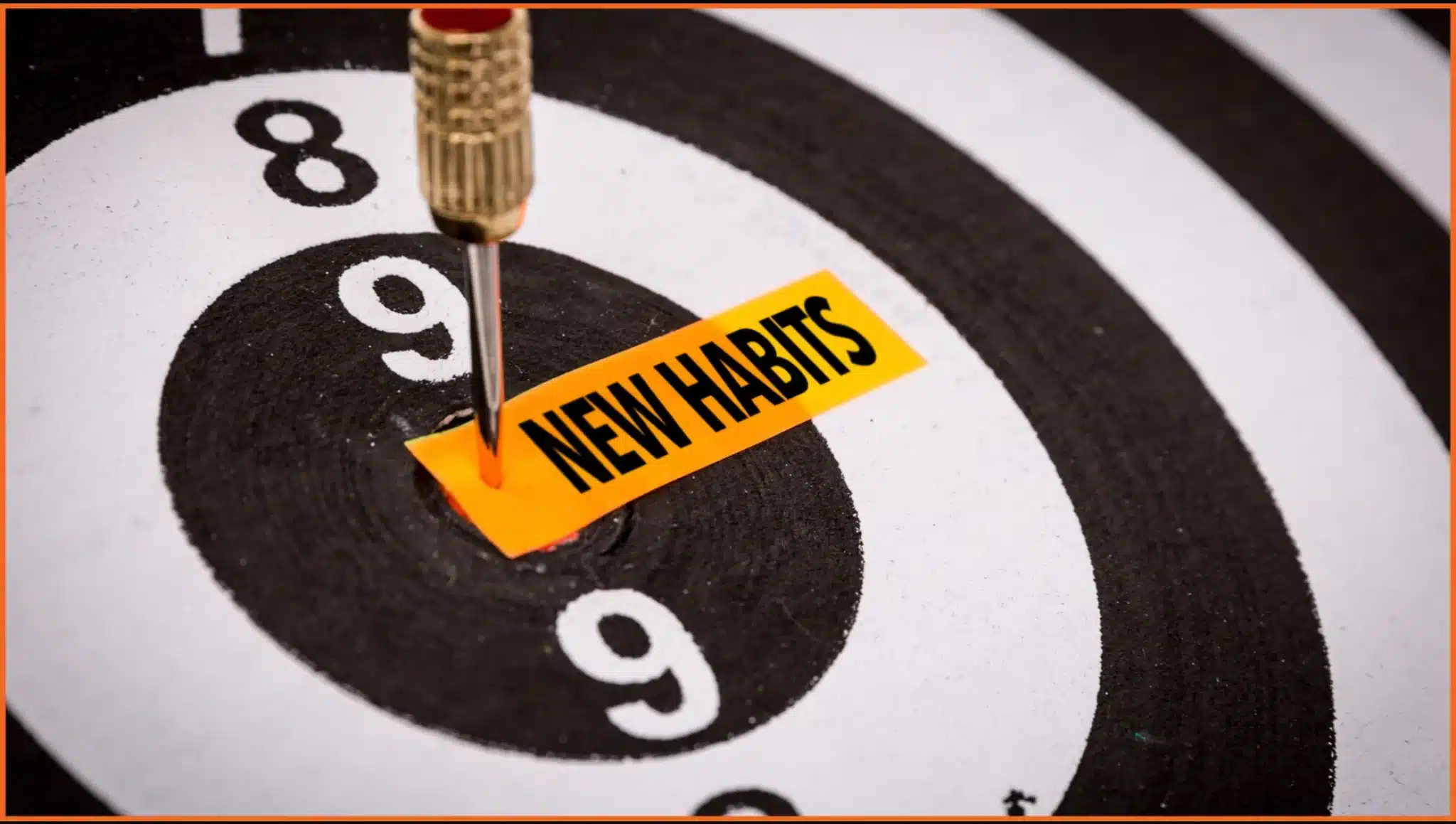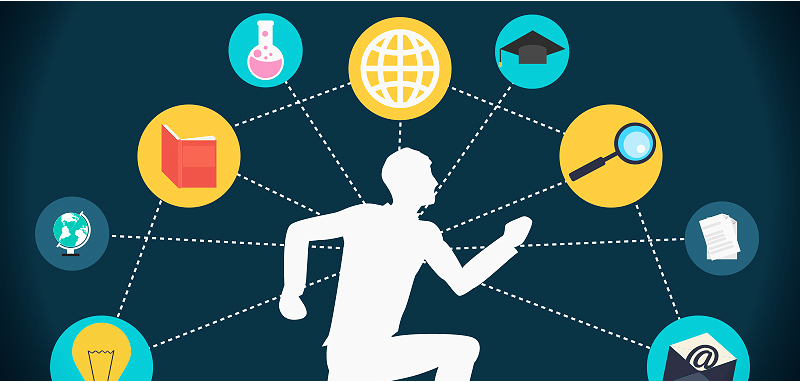It was a warm evening in the last week of June 2010 when I stepped out of the HP office building for the last time. After almost a decade of working in a company I was proud to be part of, I had finally made the decision to move on. I had bid goodbye to colleagues, sent my final email, and packed my belongings. But as I stood in the hallway, preparing to leave, a wave of emotion hit me. It felt surreal. A thousand memories flashed by in that moment, and I suddenly found myself unable to hold back tears.
Just then, a hand rested gently on my shoulder. “How are you, my friend?” It was RamG Vallath, a dear friend and colleague, whose infectious positivity and unwavering smile had been a constant presence on our floor. I tried to speak, but the lump in my throat made it impossible. I quickly made my way to the restroom, needing a moment to compose myself.
RamG: A Beacon of Positivity
Table of Contents
When I returned, there was RamG, still standing by my desk, waiting. We spoke for a few minutes, and then I finally turned and walked out of that ninth floor. That moment has always stuck with me because that’s just who RamG is the kind of person who shows up. A pillar of strength, radiating energy, empathy, and encouragement.
Years later, when I heard that he had written a book, I didn’t hesitate. I ordered it immediately.
Let me clarify this isn’t a promotional post for a friend’s book. In fact, the cover of From Ouch to Oops is far from flashy. It wouldn’t call out to you from a bookstore shelf. But the contents? Absolutely worth it.
A Story of Courage Told with Humor
I opened the book on a lazy Sunday, expecting to skim through a few pages. Instead, I read it cover to cover. The book had me laughing out loud at some points, choking up at others. It was a whirlwind of emotions, told through the lens of someone who had experienced extreme highs and lows and come out wiser and stronger.
The thing about From Ouch to Oops is that it is brutally honest, yet gently inspiring. RamG doesn’t write from a pedestal. He writes from a place of lived experience, grounded in reality, soaked in humor, and sprinkled with insight.
Here are just a few lessons that deeply resonated with me and ones I believe are valuable for anyone navigating the complexities of work, life, and leadership.
Lesson One: Life Doesn’t Play by the Rules
“Life is like a box of chocolates. You never know what you’re gonna get.” Forrest Gump
One of the themes that emerges early in the book is how unpredictable life can be. RamG talks about being hired for a high-level role, only to learn soon after that the role didn’t exist anymore. Later, he was asked to leave after fixing a system that was broken before he arrived. Then came a health diagnosis CIDP, a rare neurological disorder right at the peak of his corporate journey.
Any one of these events could have derailed someone emotionally or professionally. But what struck me most was his refusal to play the victim. As he says (with typical candor), “When shit happens, don’t go moaning. Just handle it.”
This mindset is rare, but it is also learnable. In the world of learning and development, we often speak about resilience, but we don’t always know how to embody it. RamG’s story is a masterclass in how to respond to adversity with both strength and grace.
For teams or leaders grappling with constant change, this story offers a valuable reminder: the goal isn’t to control every outcome. It’s to respond with clarity and character when outcomes defy expectations. (Explore more on Managing Change.)
Lesson Two: Excuses are Easy, Ownership is Powerful
“I attribute my success to this: I never gave or took an excuse.” Florence Nightingale
This line, quoted in the book, stayed with me for days. We’ve all heard variations of “I would have, but…” in our professional lives. Excuses are everywhere they’re often justified, even understandable. But what truly separates those who thrive from those who stagnate is the willingness to take responsibility despite the odds.
RamG shares stories of attending meetings on time, even when it meant skipping breakfast or struggling with basic motor tasks. He doesn’t tell these stories to brag. He shares them to show what’s possible when we let go of the drama and stay focused on action.
In today’s work culture, it’s easy to blame systems, teams, or timing. But the most influential professionals are those who lead with accountability, even when no one is watching.
If your team is navigating hybrid models, burnout, or shifting priorities, these lessons ring especially true. They call us to rise above what’s expected and do what’s needed. For more on this, check out Taking Ownership.
Lesson Three: The Journey Matters More Than the Outcome
“Happily ever after” is perhaps the most misleading phrase ever created.
RamG invites readers to reject the myth of “arriving.” Life is not a single victory lap. It’s a series of hurdles, pivots, resets, and sometimes, rewrites. And success? It’s more about navigating those with integrity than about standing on any proverbial podium.
When I reflect on workplace development programs or leadership coaching sessions, this is one of the most frequent refrains people waiting for a clear destination or a finish line. But the truth is, that mindset often backfires. Teams who thrive are the ones who adapt, iterate, and find fulfillment in the doing, not just the achieving.
Lesson Four: Positivity is Not Naïveté It’s Strategy
Throughout the book, RamG maintains a light, witty tone. Even in the darkest chapters, there is an undercurrent of hope. This doesn’t come from blind optimism. It’s intentional.
In facilitation workshops, we often talk about psychological safety, and how important it is for people to feel seen and supported. RamG’s story underscores another layer: creating emotional safety for yourself. That internal voice, that sense of “I can still smile through this,” is often what keeps us from giving up.
I’ve seen first-hand how optimism, when paired with realism, creates the strongest kind of leadership. Not the kind that ignores problems, but the kind that stares them down with a smile.
Lesson Five: Everyone Has a Comeback Story
What made From Ouch to Oops so compelling wasn’t just the depth of the fall it was the creativity of the rise. After leaving the corporate world, dealing with illness, and rebuilding his life, RamG didn’t just survive. He reinvented himself. He became a motivational speaker, a coach, and a published author.
The biggest workplace insight here? Everyone deserves a second act. Leaders must create cultures where that reinvention is possible. And individuals must give themselves permission to grow in new directions, even if it means rewriting the playbook.
The more I read, the more I thought of this as an unofficial guide to navigating L&D with heart and humor. RamG’s story is not about flashy achievements. It’s about small daily wins, lived values, and being human which is what learning should always be about.
Final Thoughts: Why You Should Read This Book
If you’re leading a team, transitioning roles, recovering from burnout, or simply wondering what it means to do meaningful work, From Ouch to Oops will meet you where you are.
This isn’t a prescriptive self-help book. It’s a personal narrative that opens doors. It invites you to reflect, laugh, and walk away with a slightly different lens. Not because you were told what to do. But because you saw what someone else chose to do in the face of odds.
A Quiet Takeaway for the Workplace
In every organization, there are moments that feel unfair. Structures break down. Recognition is delayed. Change feels relentless. In those moments, it’s easy to fall into the “Why me?” spiral. But From Ouch to Oops whispers something different. It says: What now? That’s a more empowering question. One that turns pain into learning. That turns ouch into oops and oops into opportunity.
Let’s keep learning. Let’s stay human. And when life surprises us let’s choose to smile and say, “Oops… what’s next?”










